Palmetto Bluff Real Estate Company Sales Office
Office Hours
Monday-Friday 9am - 5pm
Saturday 9am - 4pm
Sunday 12 - 4pm
Saturday 9am - 4pm
Sunday 12 - 4pm
There is a spirit to our waterways. It speaks to us through the pluff mud, whispering its secrets from between blades of spartina grass. It is steeped in tradition, sustained through generations. It is the oyster, and it was here long before us.

Traveling the waters that snake between islands and expanses of marshland, it’s easy to get a sense of the eternal in the Lowcountry. My rational mind knows that it is safely aboard a thoroughly modern plexiglass-hulled center console fishing boat, but my imagination soars around each bend in the river. From the water, I can picture these banks playing host to Native American hunting parties. I can see the great shrimp boats, steamers, and packets that once chugged along the waves. I can smell the same salt air that once scented the Cretaceous period.
The river is as the river has always been. And the one creature that has connected all these chapters in its story is also the most overlooked. It’s the oyster, and its story is more integral to the grand saga of the Lowcountry than you might think.
A Boat Ride Through History
Sitting on the bench of a bay boat, it is a little easier to see through the veil of history. This is a select group of enthusiasts, thrown together by fate to experience the full breadth of the oystering world together.

Manning the helm is Boo Harrell, a guide for Outside Hilton Head who grew up on these waters, exploring the tides in a little jon boat. Father and son Richard Mitchell senior and junior have been working an oyster lease on Hilton Head Island’s Broad Creek since the days before a bridge connected it to the mainland. Jean Fruh, with the Outside Hilton Head Foundation, has been using cast-off shells to help maintain the eternal beauty of these waters.
Lowcountry culinary icon BJ Dennis and oysterman Cyrus Buffum of Seaborn are also along for the ride. Dennis is renowned as a keeper of Gullah Geechee foodways and is responsible for bringing today’s group together. Buffum represents a new generation of oystermen in the Lowcountry who strive to keep old traditions alive.
The boat ride is like a trip back in time. Mitchell senior talks of the old days, about oystering in the dark, about mountains and mountains of oyster shells, and long shifts at the cannery. This is a man who knows the ebb and flow of the tides deep in his bones. Hearing these stories, and seeing the old photos, you truly gain an appreciation for the oversized role these creatures played in the evolution of the Lowcountry.

It is, in fact, thanks to oysters that we know anything at all about the Lowcountry’s Stone Age past. Paleo-Indians came here just after the glaciers receded, spending the first winters after the end of the Ice Age in the warmer climate of our shore . And we know that because of the shell rings they created, vast piles of discarded shells that outlasted the long drumbeat of history.
Just as the oyster drew the first men here, they created a way for people to call this area home when it was still a wild tangle of barrier islands at the edge of civilization. In a later era, freed from the bonds of slavery, the native Gullah were able to subsist on the harvest they’d find along the banks of these waterways, in addition to what they could farm. With that bivalve bounty came industry, giving families a living wage in the wilds of commerce.
When Harrell pushes forward on the throttle and tells the gathered crew that we’re about to visit the most beautiful oyster beds we’ve ever seen, Mr. Mitchell just laughs. Because he remembers when healthy oyster beds stretched as far as the eye could see.

The Advent of Industry
We may be a powerhouse of tourism today, but there was a time when oysters ruled South Carolina. During the Gilded Age when oil and steel barons began building the mansions that would establish them as American royalty, the Lowcountry’s oystermen were just working the tides to feed their families. Slowly, however, an industry began to form around Charleston.
There, the oysters were packed up at shucking plants that dotted the coast, sealed up with then-revolutionary advancements in canning and refrigeration and shipped around the country. The industrialists of the era smelled money in our waters. Before long, people like the Maggioni family had found a way to turn this harvest into a legacy that remains today. At South Carolina’s peak in the early twentieth century, as many as three million bushels a year were shipped from the Lowcountry across the world.
Even in our own quiet waters, the oyster industry brought livelihoods to thousands. Canneries sprung up around Hilton Head Island and up and down the May River. Today the only remnants of that bygone era are The Old Oyster Factory restaurant on the island and the Toomer family’s operation at Bluffton Oyster Company.

The elder Richard Mitchell first learned to harvest oysters at the age of six, led out to the banks by his mother Evalina and taught the finer points of raking and harvesting. “These days all kids want is a cell phone,” he tells me. “Nobody wants to get up at one and go back at five in the morning.”
As we meander along the river, Buffum produces a binder packed with printouts and maps. Stained and creased black-and-white photos show massive oyster houses and canning facilities that stood where condos and lavish beach houses now face the water.
By the time Mitchell had started working his oyster bed, the big canning plants had all gone. Pollution from the Savannah River had seen to that. When the federal government shut down all of Daufuskie Island’s oyster beds in the 1950s, the canneries soon followed. But even in the absence of industry, Mitchell still was able to coax a living out of the pluff mud, selling his bounty to Savannah.
Coming Full Circle
Today oysters may not be one of the main staples of the Lowcountry diet. They may not be the driving force behind the state’s industry. Richard Mitchell is just one of a handful of oystermen left, where before they had been a legion, supplying an industry that employed thousands. And to hear him tell it, he might be one of the last. As travel, tourism, and hospitality became the buzzwords of the region, bringing with them big-money investors from points north, oysters returned to being, at best, a cottage industry.
But that doesn’t mean the oyster’s story is over.
From the boat, Fruh points out spots along the river boasting the artificial oyster beds she and the Outside Foundation have planted. Each bushel, comprised of thousands of shells collected from seafood restaurants around the Lowcountry, is acting to control erosion and help give oysters a new lease on life.

“If you look at the architecture of how they’re stacked and all those nooks and crannies, they’re really good at absorbing force,” she says, pointing to a stretch of sand along the shore. Here, two years have passed since the oyster bales were put in place, and it’s easy to see the effects. Follow the water, and you’ll see a silty slop of pluff mud transform into a healthy emergence of spartina grass just past the breaker. “Hopefully it’ll help slow the erosion and help that bank creep back.”
This spot is just one of dozens that the Outside Foundation is saving from erosion. And thankfully, the Lowcountry’s appetite for oysters keeps them well supplied. Even more fortunate, the next generation of culinary stars has demonstrated that they’re equally interested in preserving the legacy of oystering in the area as they are in turning these delicacies into epicurean masterpieces.
Buffum still harvests his oysters wild just as those before him have done for centuries. He began his career looking at the water from a scientific perspective, but his passion balances modern-day practicality with a deep reverence for oystermen who have come before him.

“I haven’t had the benefit of seventy years of knowledge, so I’ve had to try to leverage the archives, to leverage the sciences and my background,” says Buffum. “There’s a whole rich history that I only know little pieces of. The majority of it is probably between Mr. Mitchell’s ears.”
To that, Mr. Mitchell once again only laughs.
Because he knows how much history oysters carry. Far more than what’s between his ears, far more than anyone can learn from any archive. The stories are infinite, each one a thread that binds the Lowcountry together. There are the glory days, when folks raised families on the bounty of our oysters. And there are greater days ahead, as a new generation continues on the story of these fascinating creatures.

Warm, fragrant, and deeply comforting, Chef Beth’s Southern Sausage & Sage Stuffing is a holiday classic that brings together rich pork sausage, fresh herbs, and toasted bread for the ultimate savory side dish. Studded with green apples and aromatic vegeta...

As December settles over Palmetto Bluff, it brings softer light, cooler mornings, and the natural beauty of native evergreens and winter berries that define the Lowcountry landscape. Palmetto Bluff Conservancy’s Education and Outreach Manager, Aaron Palmieri, ...
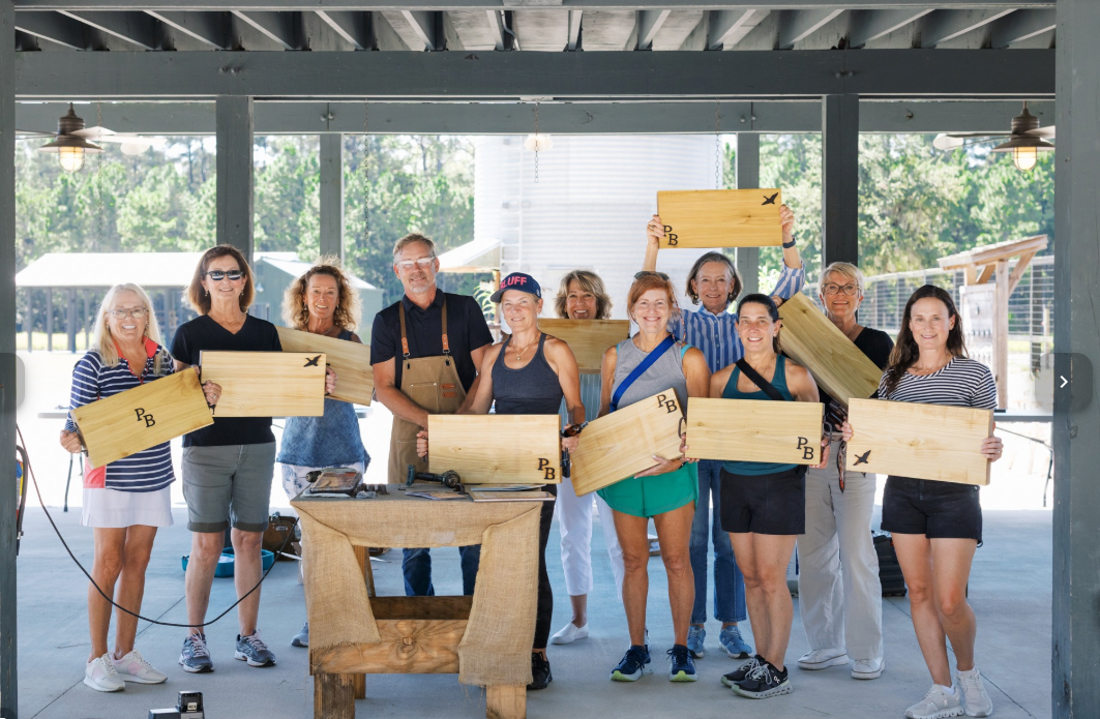
In 2025, Palmetto Bluff welcomed new neighbors and old friends, groundbreakings, and long-awaited openings. From inspired Club gatherings and elevated programming to the creation of our latest golf course, the year was defined by connection and excitement for ...

There is something serene about waking up to shimmering water, the stillness of the woods, or the sweep of marsh and sky right outside your window. Even without stepping outside, science shows that simply seeing nature from home can meaningfully improve mental...
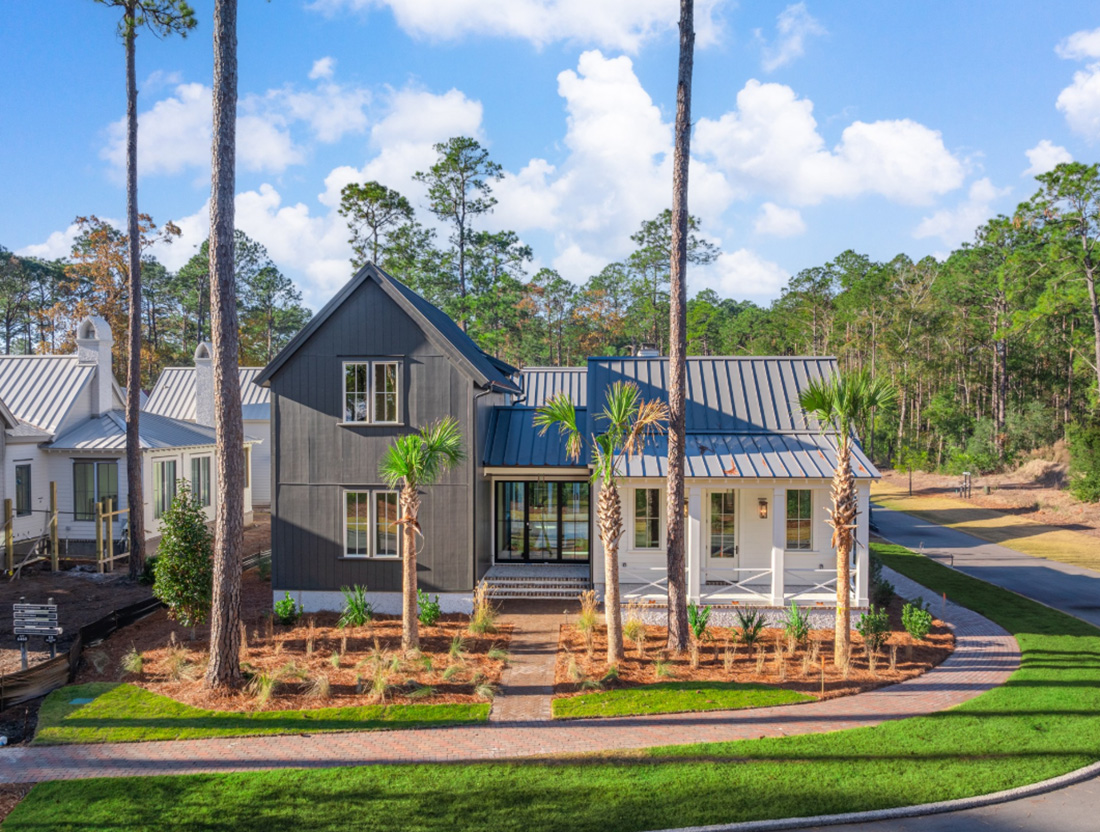
The Ultimate Choice: Building vs Buying a Home in Palmetto Bluff For those searching for Palmetto Bluff homes for sale, this common question often arises: Should you choose an existing residence, or embrace the opportunity to build your own? While a complet...

A Complete Guide to South Carolina Winter at Palmetto Bluff South Carolina's winter is unlike any other on the East Coast. While many travelers search for “South Carolina winter” expecting cooler temperatures and limited outdoor options, the Lowcountry revea...
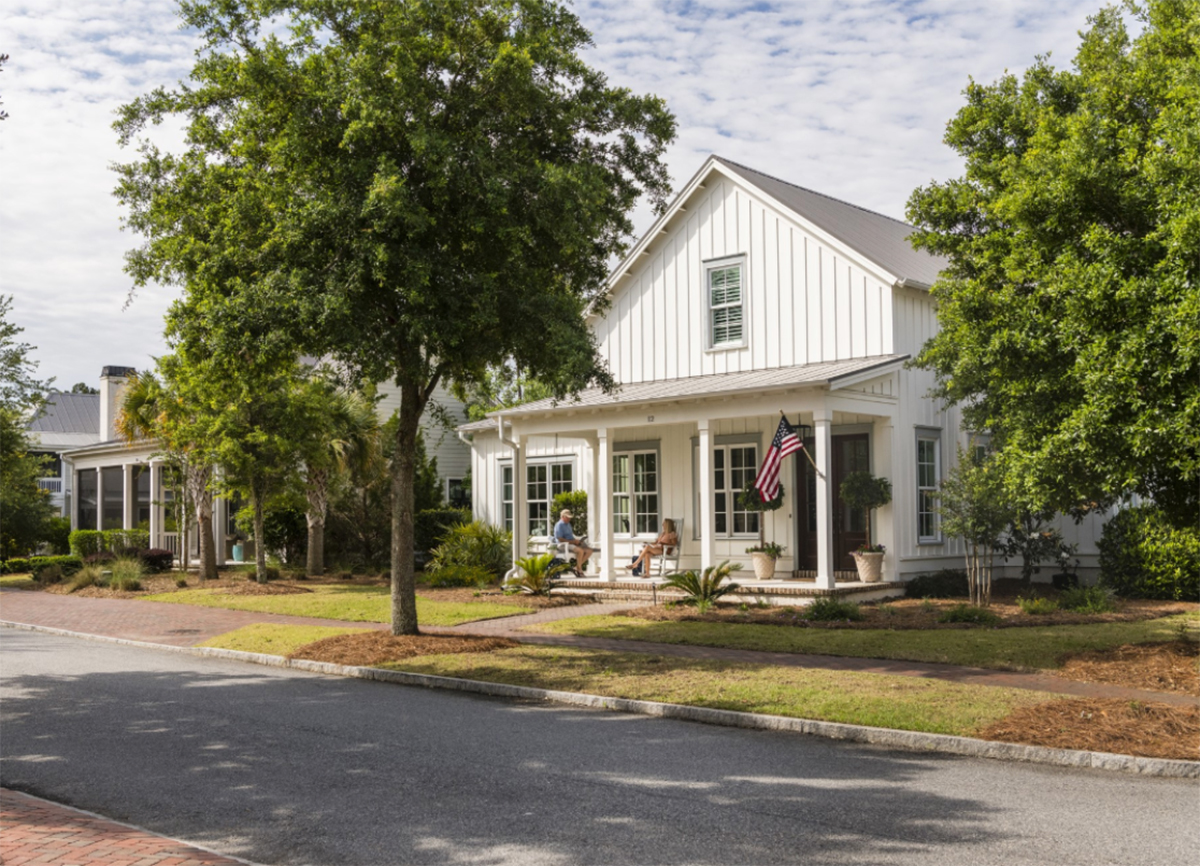
River Road: Where Lowcountry Beauty Meets Elevated Everyday Living Tucked gracefully between Wilson Village and Moreland Village, River Road is one of Palmetto Bluff’s most immersive communities. It's where the pace of life seems to soften, classic Southern ...
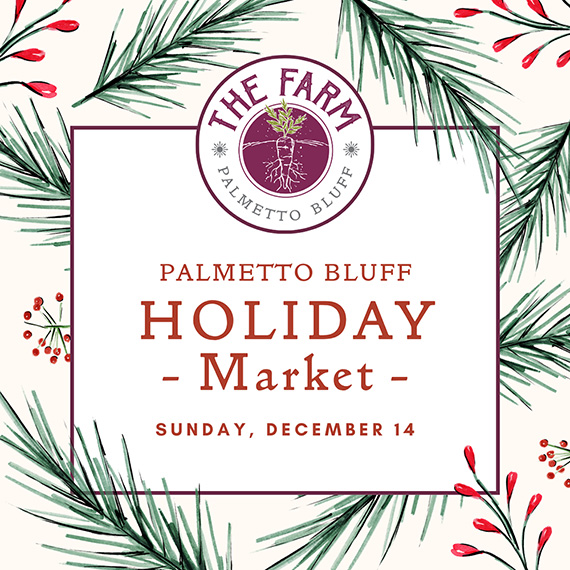
Sunday, December 14 | 9am to 1pmVillage GreenThe season’s most festive farmers market, the Holiday Farmers Market, comes to Wilson Village on Sunday, December 14, from 9am to 1pm. All are welcome to visit and experience the magic of holidays at the Bluff. The ...

Tucked amid whispering pines and overlooking a tranquil water trail, 11 Lyonia Street is where Lowcountry charm meets modern artistry. The newly built residence redefines Southern living with a balance of craftsmanship and calm. This is a home that feels both ...
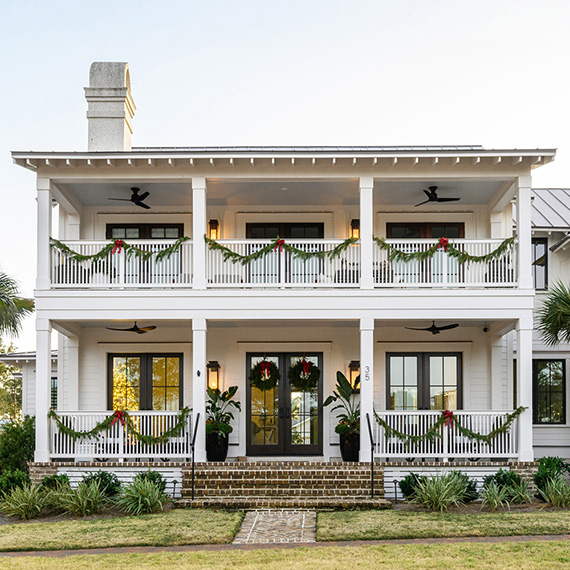
The holiday season in the Lowcountry brings crisp air, oaks draped in twinkling lights, and laughter drifting from homes where families and friends gather once again. At Palmetto Bluff, the holidays are more than just a season; they’re a feeling of togethernes...
We do not attempt to independently verify the currency, completeness, accuracy or authenticity of the data contained herein. All area measurements and calculations are approximate and should be independently verified. Data may be subject to transcription and transmission errors. Accordingly, the data is provided on an “as is” “as available” basis only and may not reflect all real estate activity in the market”. © [2023] REsides, Inc. All rights reserved. Certain information contained herein is derived from information, which is the licensed property of, and copyrighted by, REsides, Inc.